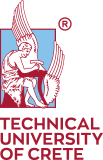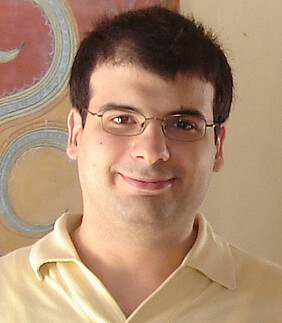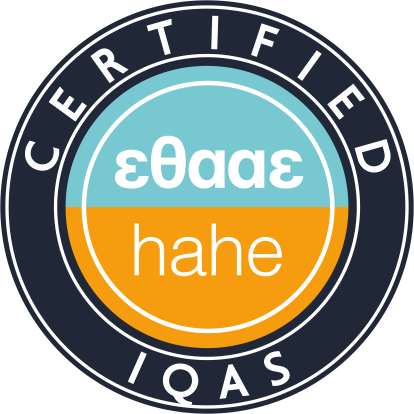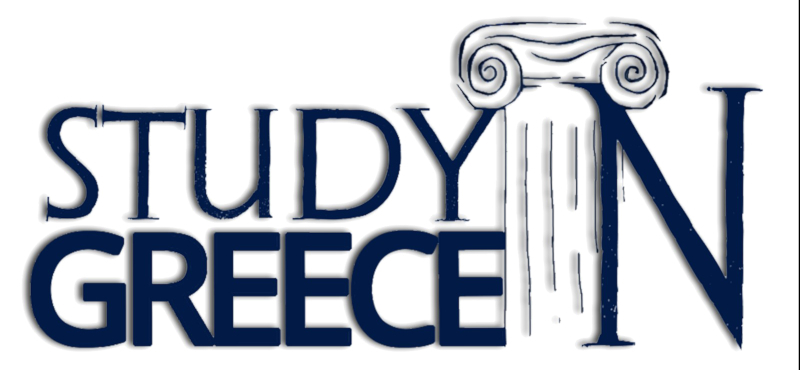The School of Electrical and Computer Engineering (ECE) of the Technical University of Crete (TUC) was awarded funding by the European Research Council (ERC) for research in cutting-edge technologies in the wider area of artificial intelligence (project title: NEURi3D). The principal investigator (PI) of the project is Associate Professor Evangelos Kalogerakis of the University of Massachusetts Amherst, who will move in October 2024 to the School of ECE for the implementation of the project.
From the total of 2,130 applications, coming from research institutions throughout the European Union and other countries cooperating with the European Research Council, only 308 proposals were selected for funding under the ERC-2023-CoG program (also known as ERC Consolidator Grants). Proposals are thoroughly judged by distinguished scientists selected by the ERC and are approved according to strict criteria of excellence. The NEURi3D project is one of the two projects that will be funded under this program in Greece and the only one in the general area of Physical Sciences and Engineering in the country.
In fact, the School of ECE receives such funding for the second year in a row, as last year it was awarded funding for the C-NORA project with Associate Professor Nikolaos Bekiaris-Limberis as principal investigator in the same funding framework (ERC-2022-CoG). The School of ECE at the Technical University of Crete is the only school in the subject of computer science and engineering and in general the only engineering school in Greece that will be running two active projects of the European Research Council at the same time with a total funding of 4 million euros.
Some facts about the NEURi3D project
The new funded project is titled "NEURi3D – Learning to generate interactive 3D models" and has a five-year duration.
It focuses on the development of artificial intelligence and deep learning methods to automate the construction of 3D interactive content, as well as on the automatic processing and recognition of spatial and spatiotemporal data derived from video devices and 3D scans.
Detailed information on available postgraduate and postdoctoral research positions in the scientific subject of the NEURi3D project is posted at the link https://kalo-ai.github.io/erc.html.
Some facts about the Principal Investigator Evangelos Kalogerakis
Evangelos Kalogerakis completed his undergraduate studies and graduated with honors from the School of ECE at the Technical University of Crete in 2005. Immediately afterwards he was accepted for postgraduate and doctoral studies at the Department of Computer Science at the University of Toronto in Canada. There, he specialized in the use of artificial intelligence in computer graphics and machine vision. When he completed his PhD in 2010, he was accepted as a postdoctoral researcher at Stanford University in the USA, where he worked for another two years on the same subject. In 2012, he was elected as a faculty member at the School of Computer Science at the University of Massachusetts Amherst.
His area of research is the development of machine learning and artificial intelligence techniques to create and process digital representations of the 3D world (e.g. 3D models of objects, scenes, and animations). He is also interested in machine learning algorithms that process images, videos, geometric data and 3D scans from cameras for automatic object recognition, automatic classification and segmentation of their parts that can be used in robotics, medical, industrial design and product manufacturing applications. His work includes dozens of publications in world-leading international research journals and proceedings of international refereed conferences, such as Computer Vision and Pattern Recognition (CVPR), International Conference on Computer Vision (ICCV), and ACM SIGGRAPH. It should be noted that he already has over 10,000 citations in his work. His and his students' research has been leveraged into various software products, such as "Adobe Character Animator" and "Adobe Fuse".
He has been repeatedly selected to serve as area chair at top machine vision conferences (CVPR, ICCV, ECCV), and this year he is chairing the largest computer graphics conference in Europe (Eurographics – full papers chair). He is a member of the editorial board of the leading computer science journal IEEE Transactions on Pattern Analysis and Machine Intelligence (TPAMI). He is listed in the top 2% of scientists worldwide, according to the recent annual ranking in the bibliometric study by J. P. A. Ioannidis of Stanford University. His name was also included among the 100 outstanding scientists worldwide in the field of computer graphics for the decade 2010-2020, by the Aminer Academic Network of Tsinghua University, China.
















